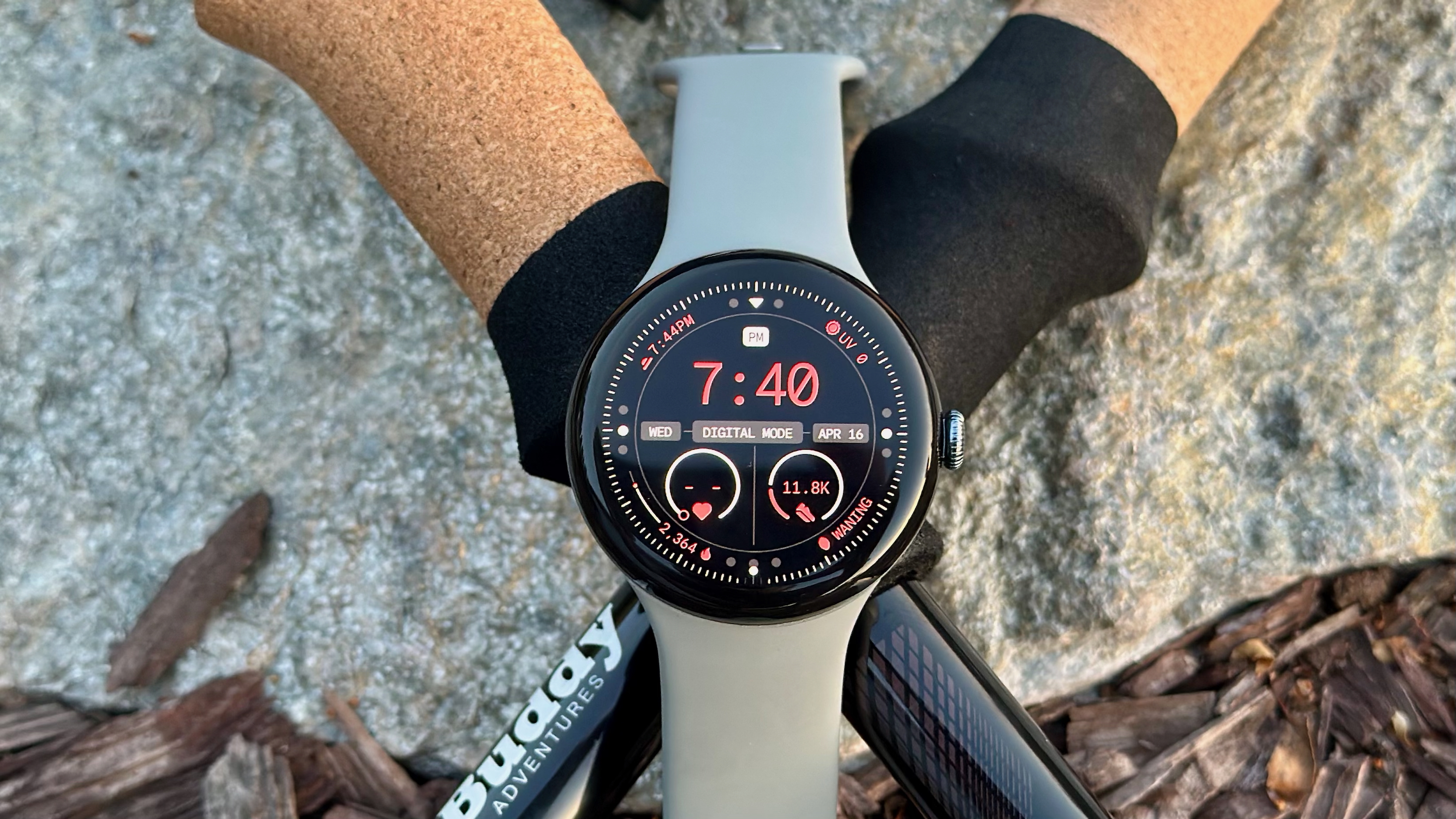In-display fingerprint sensors killed one of my favorite Android features
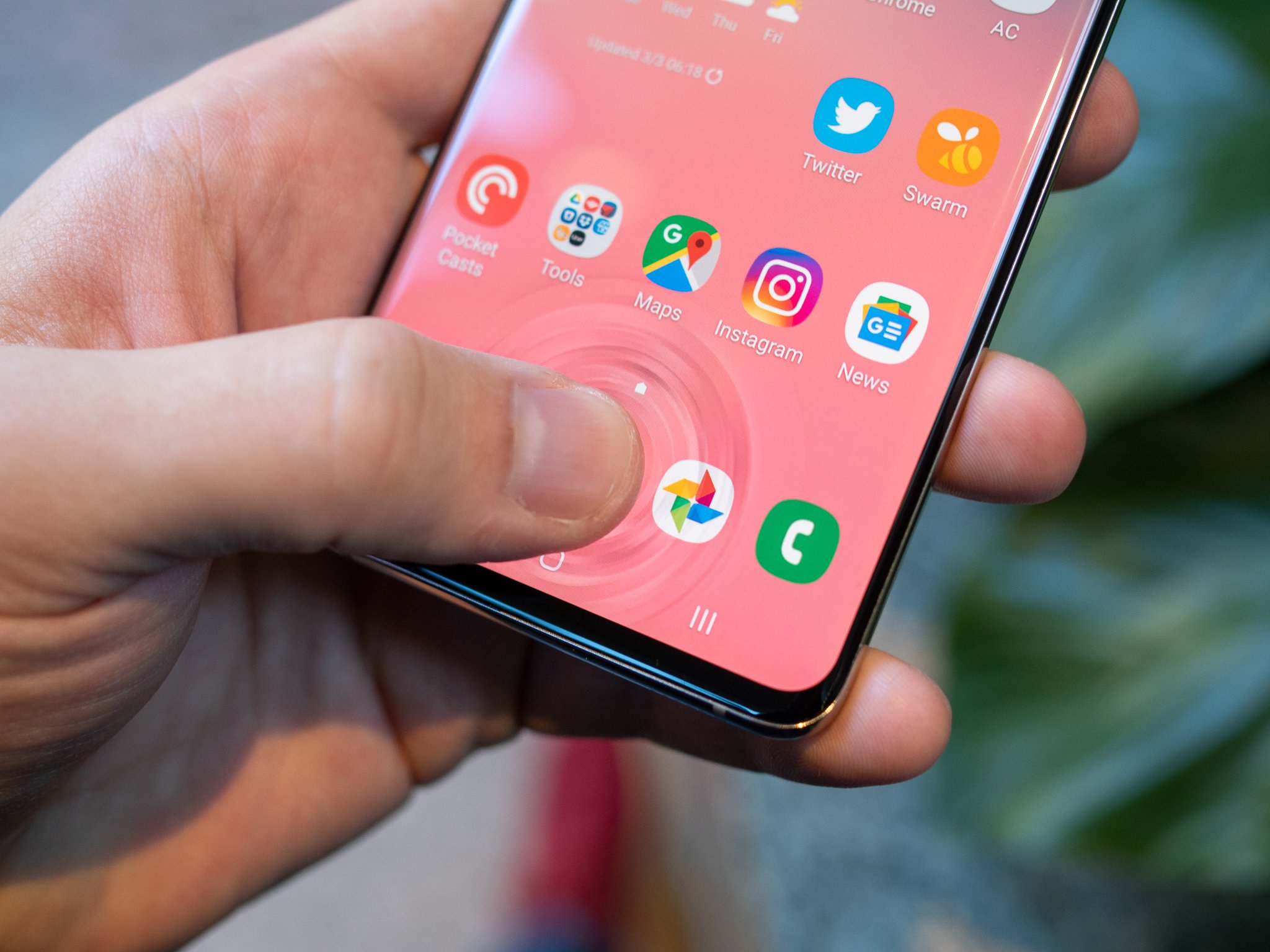
There have been a lot of new hardware trends in 2019, but few have been as pervasive as in-display fingerprint sensors. Starting with phones like the Vivo X20 Plus and Oppo R17, and eventually making its way to more mainstream phones like the OnePlus 7 Pro and Galaxy S10, in-display sensors have come a long way in the last year.
The early optical sensors were slow to read and had such small target areas they were difficult to use consistently and accurately. Since then, Samsung's ultrasonic fingerprint sensor used in the Galaxy S10 and the improved optical sensors used in phones like the OnePlus 7T have gotten much better, to the point you might not even miss having a capacitive sensor anymore.
But no matter how good in-display sensors get, they still can't carry over my favorite feature from the rear-mounted fingerprint sensors on just about every phone from 2018: swiping down on the sensor to pull down the notification shade.
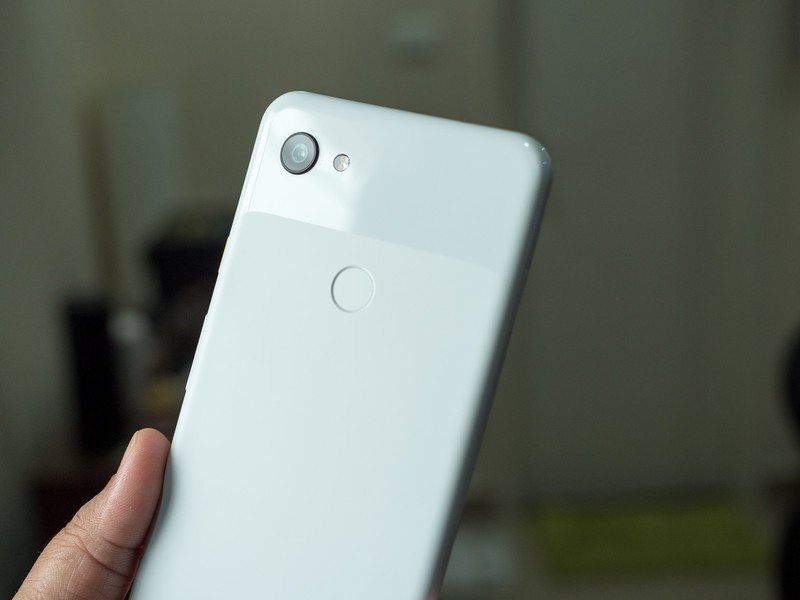
I've been using this feature since at least as far back as 2015 with the Huawei Mate S. There have been plenty of other ways to quickly access your notifications over the years; adding a dedicated shortcut button to your navigation bar was a popular solution for a few years, and people love to remind me with every mention that you can just swipe down on the home screen on most phones to call up your notifications — but that simply isn't the same thing.
Swiping down on your home screen isn't terribly helpful when you're actually using your phone.
Swiping down on your home screen is a great solution when you're actually looking at your home screen, but that stops being useful as soon you're in any apps — you know, when you're using your phone. As soon as you have anything open, you're back to needing to reach all the way up to the top of the phone, which is becoming increasingly frustrating with the growing height of every flagship phone as of late.
Being able to swipe down on the rear fingerprint sensor was a natural and convenient gesture that worked consistently, no matter what else you were doing with your phone, and along with the more tactile feel of the capacitive sensors, I miss it every time I pick up my phone.
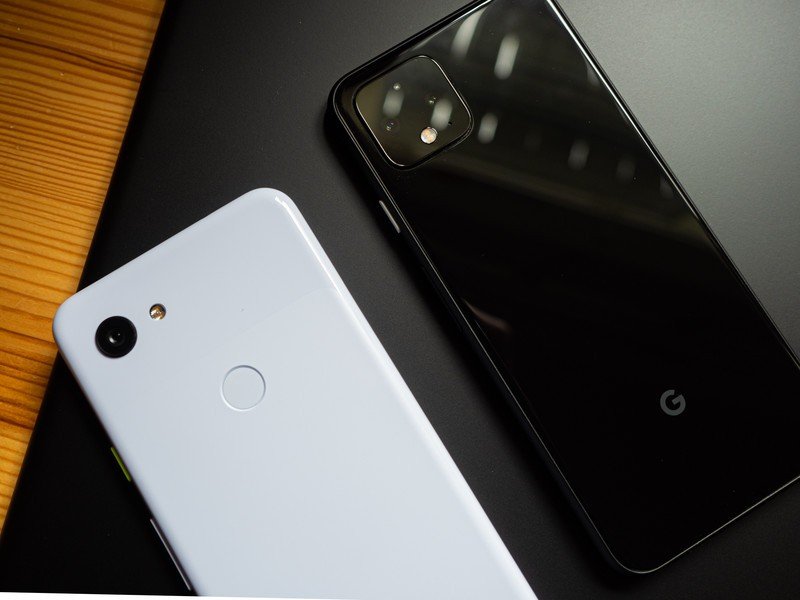
Still, it isn't like in-display fingerprint sensors ruined everything good about phones. In fact, with how much they've improved over the last year or so, most of them feel just as quick and convenient as a traditional sensor these days, and of course, you can use these sensors even with your phone laying flat on a table. I suppose phones also look a bit cleaner these days without an extra sensor on the back, and this clears up extra space that can be used for other things like the enormous camera housing we're expecting to see on the Galaxy S11.
Be an expert in 5 minutes
Get the latest news from Android Central, your trusted companion in the world of Android
On the other hand, I've been using a Pixel 4 for the last two months, which doesn't have a fingerprint sensor of any kind, instead opting for a depth-mapped face unlock similar to Apple's Face ID. That comes with its own set of pros and cons — but that's for another rant. In the meantime, I'm begrudgingly living with the swipe-down-on-the-home screen gesture that works well enough.
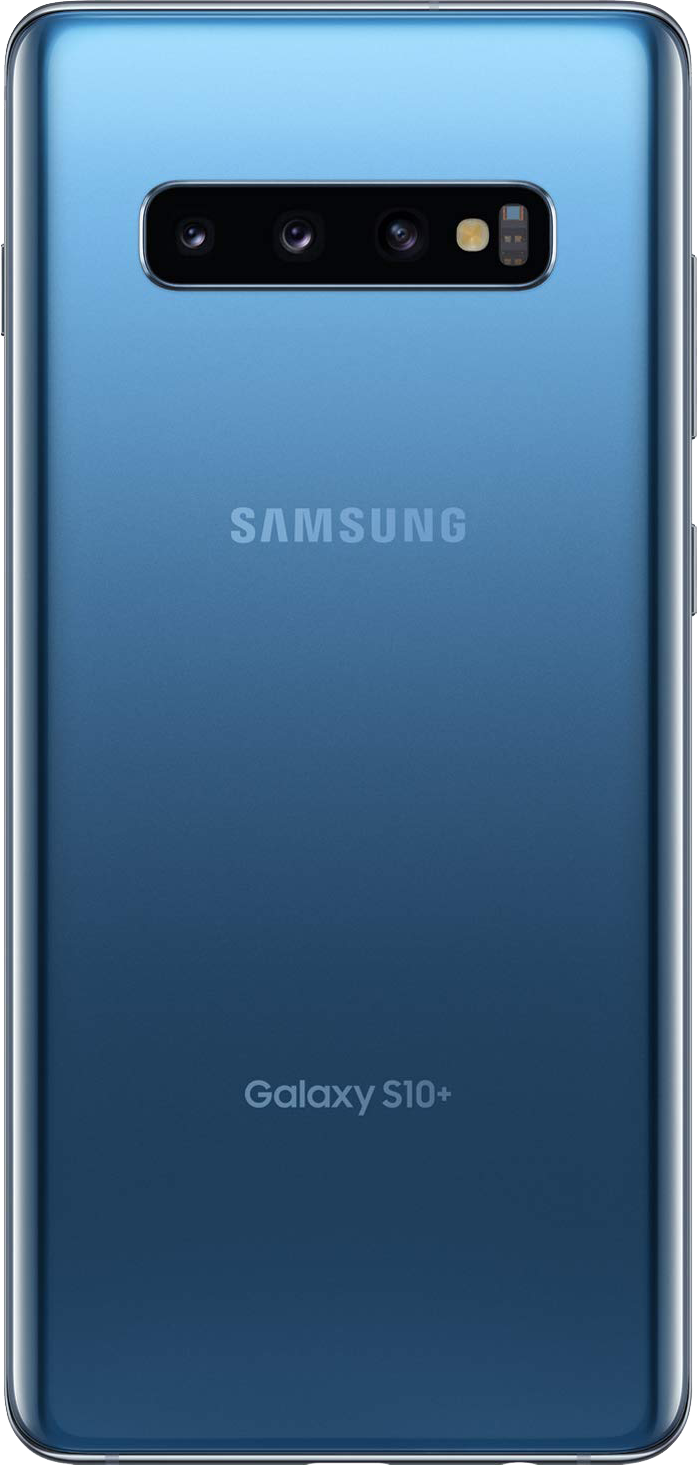
Samsung's one-size-fits-all flagship
The Galaxy S10+ has enough features to meet the needs of just about everyone, with three great cameras, a breathtaking display, and excellent battery life. It also has an ultrasonic fingerprint sensor under the display — it won't pull your notifications down, but it'll get you into your phone quickly.
Hayato was a product reviewer and video editor for Android Central.

